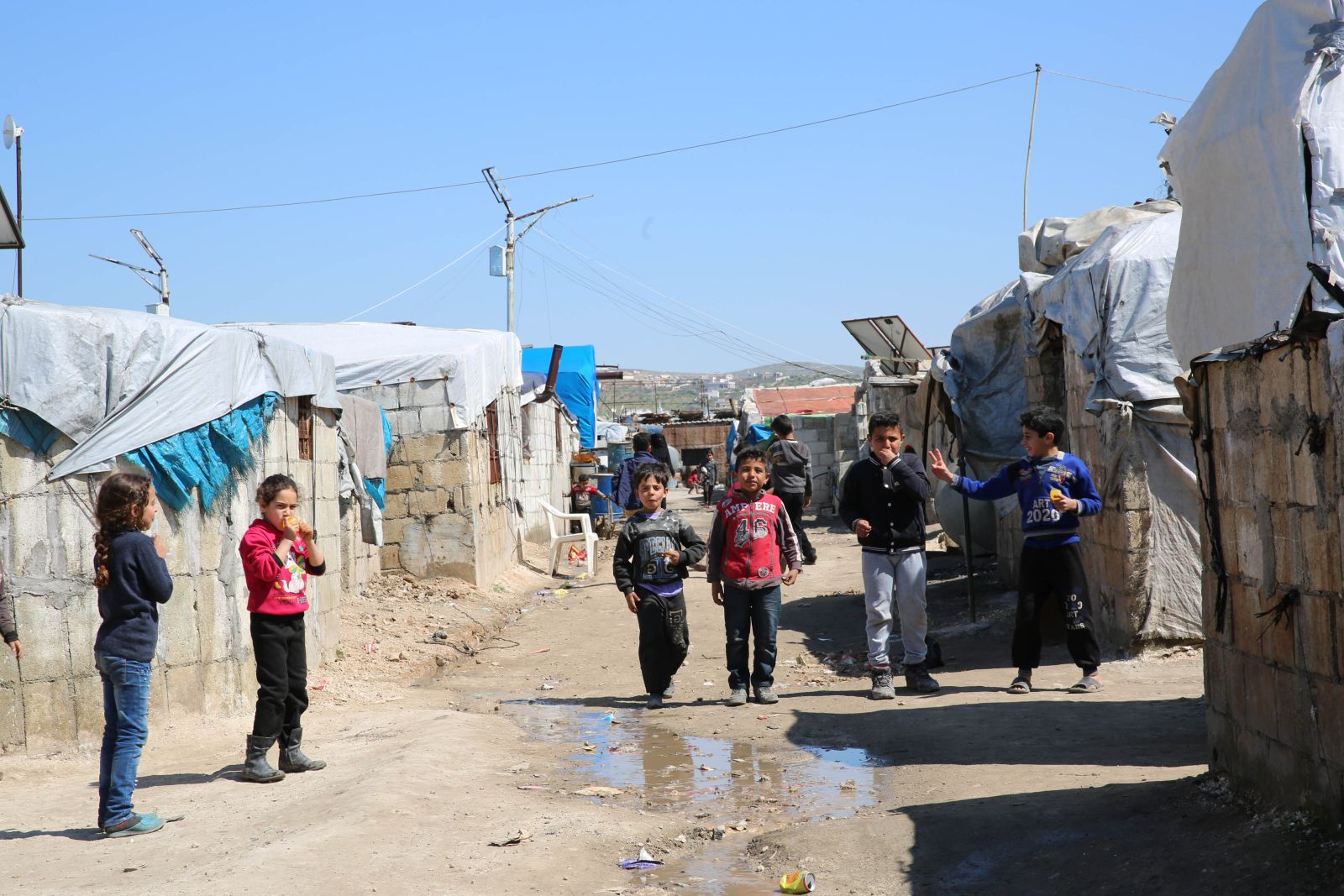“The world is slipping off track”
The UNAIDS report “Miles to go” presumes that the organisation’s target to nearly end the epidemic by 2020 will not be met. This is the precondition to meet the Sustainable Development Goal (SDG) 3.3 – end the epidemic of AIDS by 2030. There has been some good progress: deaths have been cut significantly in recent years, mostly by getting people with HIV on antiretroviral drugs.
“But on balance, the world is slipping off track,” the report warns. “The promises made to society’s most vulnerable individuals are not being kept. There are miles to go in the journey to end the AIDS epidemic.” More than 15 million people are waiting for treatment, and too many new infections occur, says Michel Sidibé , the executive director of UNAIDS.
According to the report, especially young women and girls in poor countries get infected with the HI virus. In sub-Saharan Africa, three in four new infections occur among girls aged 15 to 19 years. The main reason is the violent suppression of women. In most societies where HIV is widespread, teenage girls cannot decide about their own body. Often, they are sexually abused and get married at early age. This makes them vulnerable towards the virus because the men are often much older and thus more likely to be infected with the HI virus.
So primarily, Aids is a problem of the poor. In the 1980s and 1990s, the situation was different. HIV/AIDS was a nightmare scenario in the western world, where the first cases where identified. At that time, HIV/AIDS was a certain death sentence. It could happen to everyone while doing something enjoyable and very private: having sex. Several celebrities like Queen singer Freddy Mercury or Hollywood actor Rock Hudson died of AIDS. In the beginning, a lot of homosexual men got infected, because they were at special risk due to their sexual practices.
It was a great relief when the cause of and the protection against the immunological disease was found: safer sex and the use of condoms was preached all over the world, and the numbers of infections decreased – at least in the west. In sub-Sahara Africa, the HIV infection rates exploded. Whole families were nearly erased, leaving thousands of AIDS orphans behind. Anti-AIDS programmes and awareness campaigns were started, the fight against HIV/AIDS was a Millennium Development Goal (MDG 6) and is as mentioned a SDG.
The breakthrough in the fight against the disease came in 1996 when scientists found anti-retroviral drugs that inhibit the replication of the HI virus in the body. From then on, AIDS was not a deadly disease anymore. But the drugs are expensive and thus not affordable for the majority of Africans. So, the best protection still is not to get infected.
And this still poses a major problem in many countries. The awareness campaigns were partially successful, but not successful enough. According to UNAIDS, AIDS-related deaths have been reduced by 51 % since the peak in 2004, and new HIV infections have been reduced by 47 % since the peak in 1996. But now the number of new infections is on the rise again in 50 countries, according to Sidibé, and entire regions are falling behind. The UNAIDS boss laments a “funding crisis“: around $ 20.6 billion were available for AIDS programmes in 2017 – a rise of eight percent since 2016, but only 80 % of the 2020 target set by UNAIDS. So there is a 20 % shortfall between what is needed and what is available. Nevertheless, the organisation criticises, there are no significant new commitments. Everybody must know that defeating the epidemic will only be possible if investments from both donor and domestic sources increase – better now than later.












